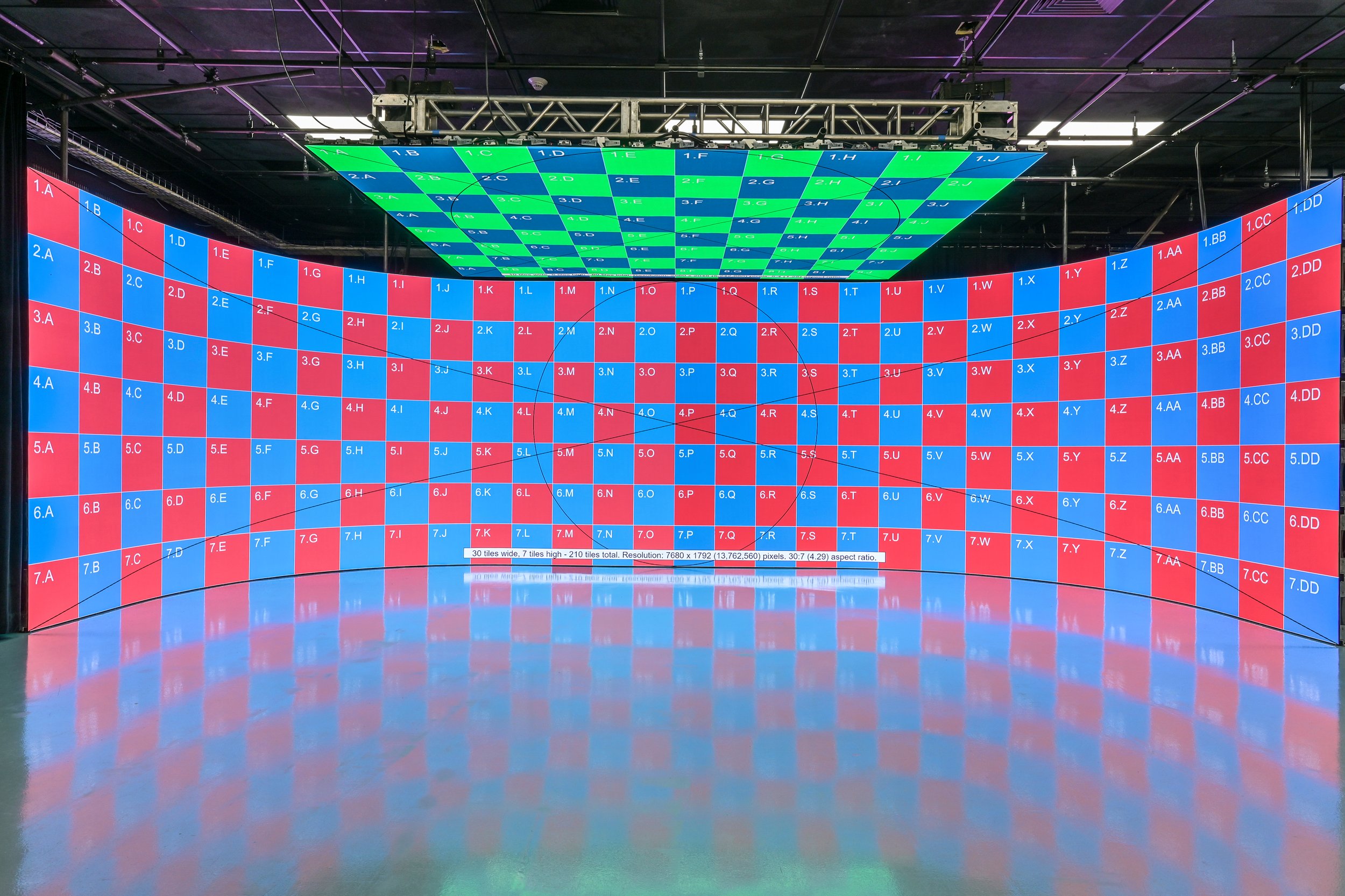Perfecting Hue Precision in Light Emitting Diode Wall Adjustment for Breathtaking Visual Presentations
Perfecting Hue Precision in Light Emitting Diode Wall Adjustment for Breathtaking Visual Presentations
Blog Article
Color precision is essential for producing breathtaking graphic displays, especially when using LED screens. These large screens are commonly found in places like concert venues, sports arenas, and promotional billboards. When the hues on an LED screen are not correct, the visuals can look flat or distorted, which can affect the overall experience for viewers. Therefore, mastering color precision in LED screen tuning is crucial for attaining lively and realistic visuals.
The first step in ensuring color accuracy is understanding how LED technology works. LEDs, or light-producing diodes, generate light in multiple shades by mixing red, green, and blue (RGB) light. Each dot on an LED screen is made up of these three colors. When calibrated correctly, the mix of RGB can produce a broad range of hues. However, if one hue is too bright or too faint, it can throw off the entire screen. This is why calibration is needed to equalize the colors and reach the intended graphic result.
Calibration entails adjusting the configurations of the LED screen to make sure that the colors displayed match the original material as nearby as feasible. This process typically includes using specific software and hardware tools. Technicians often use color assessment devices, such as spectrophotometers, to examine the hues being shown. By contrasting the measured hues to benchmark color values, they can make exact adjustments. This guarantees that the hues are not only vibrant but also uniform across the entire screen.
Another crucial factor of color precision is comprehending the surroundings in which the LED wall is used. Elements such as surrounding light can considerably impact how colors look. For example, a well-lit lit room may wash out hues, making them look less lively. To counteract this, technicians may modify the brightness and differentiation settings of the LED screen. Additionally, they may choose particular color settings that are better appropriate for different lighting environments. This flexibility helps preserve color precision regardless of the observing environment.
Finally, regular upkeep and re-tuning are essential for keeping an LED screen looking its finest. Over time, the performance of LEDs can change due to elements like degradation and temperature fluctuations. Frequent inspections and modifications can help guarantee that the hues remain accurate and lively. By investing time in proper tuning and maintenance, venues Learn More can offer viewers with breathtaking graphic displays that enhance their total experience. Mastering color precision in LED wall calibration is not just a technical job; it is an expertise that adds to the magic of graphic narration.